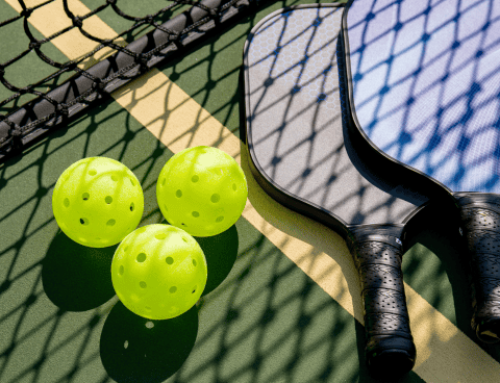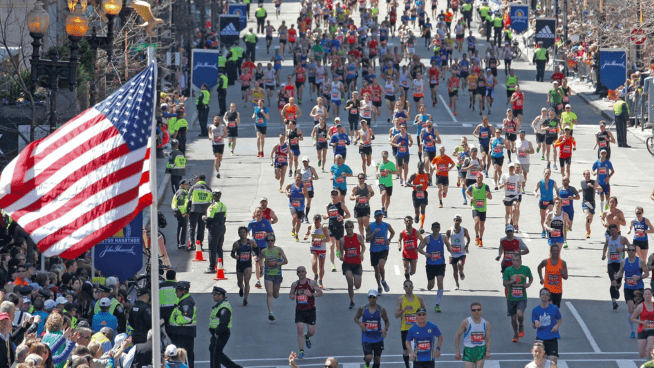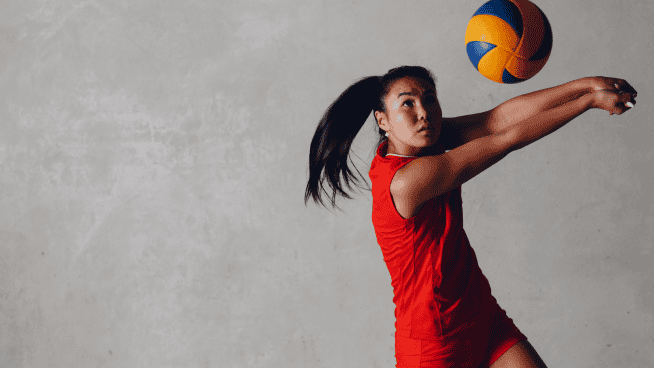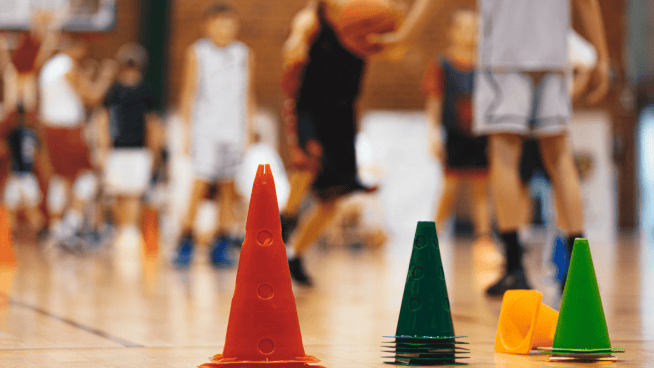Fix Your Lat Pulldown Form to Build a Strong Back
![]()
The latissimus dorsi is the largest back muscle, spanning the whole width of the back and running vertically from the tailbone to the shoulder blades. The Lat Pulldown is one of the best exercises to target this large muscle, and it’s also one of the more underrated exercises overall. It doesn’t get the same love as the Bench Press, Squat or Deadlift, but it is just as crucial. Besides conferring numerous athletic benefits, the lats are important for posture, shoulder health and lower-back health.
RELATED: 3 Exercises That Build Strong Back and Shoulder Muscles
As important as Lat Pulldown form is, many people have a hard time performing the exercise properly. The most common mistake people make is not retracting their scapulae and internally rotating their shoulders. This leads to a loss of power and lack of scapular mobility, which attenuates the postural benefits of the exercise.
The fix is to change your grip. A neutral grip (palms facing each other with elbows forward) is best. The advantage of using the neutral grip is that it puts your shoulders in position to be extended rather than adducted. This limits wear on the supraspinatus and increases posterior deltoid involvement.
RELATED: 15-Minute Shoulder Workout
When pulling with a neutral grip, use the individual handles. This modification is called the Split Pulldown. In addition to pulling down, the lifter also pulls the individual handles apart toward the front of his shoulders. The lift can also be completed with supination for added biceps involvement, if desired. This allows for more scapular mobility. The scapulae retract, activating the middle and lower trapezius as well as the rhomboids. The increase in trapezius and rhomboid activation leads to improved posture and torches the trapezius in the process, making the Split Pulldown a more versatile exercise than the traditional Lat Pulldown.
RELATED: 7 Exercises That Safely Build Shoulder Strength

Poor Lat Pull Form with Bar

Split Handles

Good Split Pull with Split Handles (Posterior)

Good Split Pull with Split Handles (Lateral)
[cf]skyword_tracking_tag[/cf]
RECOMMENDED FOR YOU
MOST POPULAR
Fix Your Lat Pulldown Form to Build a Strong Back
![]()
The latissimus dorsi is the largest back muscle, spanning the whole width of the back and running vertically from the tailbone to the shoulder blades. The Lat Pulldown is one of the best exercises to target this large muscle, and it’s also one of the more underrated exercises overall. It doesn’t get the same love as the Bench Press, Squat or Deadlift, but it is just as crucial. Besides conferring numerous athletic benefits, the lats are important for posture, shoulder health and lower-back health.
RELATED: 3 Exercises That Build Strong Back and Shoulder Muscles
As important as Lat Pulldown form is, many people have a hard time performing the exercise properly. The most common mistake people make is not retracting their scapulae and internally rotating their shoulders. This leads to a loss of power and lack of scapular mobility, which attenuates the postural benefits of the exercise.
The fix is to change your grip. A neutral grip (palms facing each other with elbows forward) is best. The advantage of using the neutral grip is that it puts your shoulders in position to be extended rather than adducted. This limits wear on the supraspinatus and increases posterior deltoid involvement.
RELATED: 15-Minute Shoulder Workout
When pulling with a neutral grip, use the individual handles. This modification is called the Split Pulldown. In addition to pulling down, the lifter also pulls the individual handles apart toward the front of his shoulders. The lift can also be completed with supination for added biceps involvement, if desired. This allows for more scapular mobility. The scapulae retract, activating the middle and lower trapezius as well as the rhomboids. The increase in trapezius and rhomboid activation leads to improved posture and torches the trapezius in the process, making the Split Pulldown a more versatile exercise than the traditional Lat Pulldown.
RELATED: 7 Exercises That Safely Build Shoulder Strength

Poor Lat Pull Form with Bar

Split Handles

Good Split Pull with Split Handles (Posterior)

Good Split Pull with Split Handles (Lateral)
[cf]skyword_tracking_tag[/cf]











